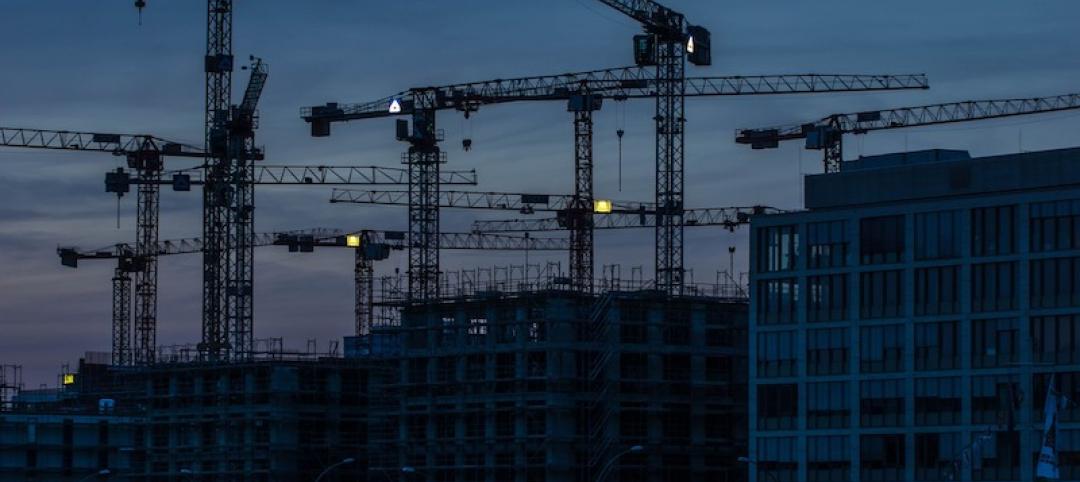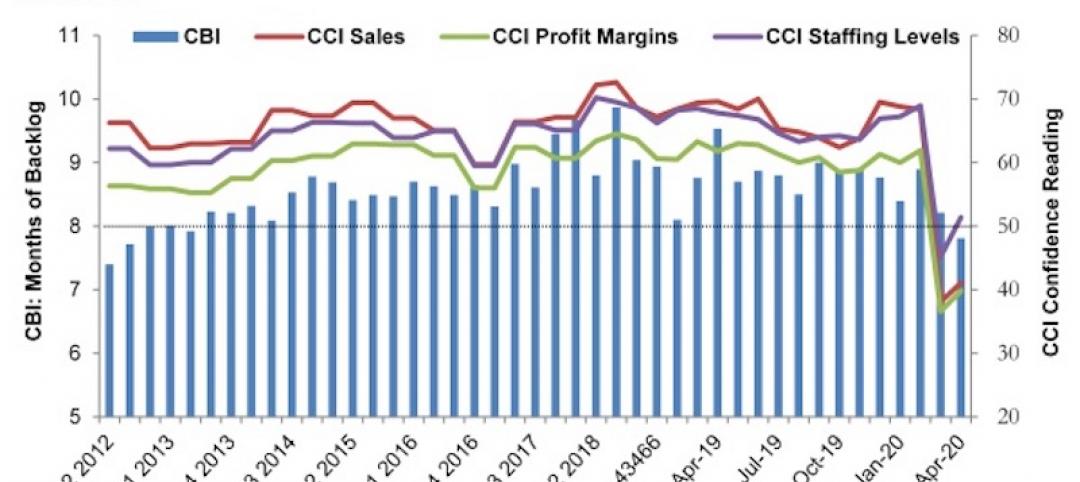Construction employment in July remained below the levels reached before the pre-pandemic peak in February 2020 in 36 states, according to an analysis by the Associated General Contractors of America of government employment data released today. Association officials said construction employment would benefit from new federal infrastructure investments and urged the House to quickly pass the bipartisan infrastructure bill.
“This data shows that full recovery remains elusive for construction in most states,” said Ken Simonson, the association’s chief economist. “In fact, the fast-spreading COVID-19 delta variant may make it harder to find employees eligible to work on restricted sites and may also depress demand if some owners defer projects.”
From February 2020—the month before the pandemic caused project shutdowns and cancellations—to last month, construction employment increased in only 14 states and was flat in the District of Columbia. Texas shed the most construction jobs over the period (-56,200 jobs or -7.2%), followed by New York (-52,600 jobs, -12.9%) and California (-35,100 jobs, -3.8%). Louisiana recorded the largest percentage loss (-15.3%, -21,000 jobs), followed by Wyoming (-13.5%, -3,100 jobs) and New York.
Of the states that added construction jobs since February 2020, Utah added the most (7,900 jobs, 6.9%), followed by North Carolina (5,700, 2.4%) and Idaho (4,400 jobs, 8.2%). The largest percentage gain was in Idaho, followed by South Dakota (7.5%, 1,800 jobs) and Utah.
From June to July construction employment decreased in 18 states, increased in 30, and was unchanged in Kansas, Tennessee, and D.C. The largest decline over the month occurred in Colorado, which lost 1,600 construction jobs or 0.9%, followed by a loss of 1,500 jobs each in Oklahoma (-1.9%), Texas (-0.2%), and Pennsylvania (0.6%). The steepest percentage declines since June occurred in New Hampshire (-2.2%, -600 jobs), followed by 1.9% losses in Oklahoma and Arkansas (-1,000 jobs).
North Carolina added the most construction jobs between June and July (4,300 jobs, 1.8%), followed by New Jersey (4,000 jobs, 2.7%) and Illinois (3,700 jobs, 1.7%). The largest percentage gains were in New Jersey and Connecticut (2.7%, 1,500 jobs), followed by South Carolina (2.4%, 2,600 jobs).
Association officials warned that construction employment was being impacted in many parts of the country because of supply chain challenges and growing market uncertainty caused by the resurgent Delta variant. They said new federal infrastructure investments would provide a needed boost in demand and help put more people to work in construction careers.
“New federal infrastructure investments will help put more people to work in high-paying construction careers,” said Stephen E. Sandherr, the association’s chief executive officer. “The House can help put Americans back to work by immediately approving the infrastructure measure that passed the Senate with broad, bipartisan support.”
View state February 2020-July 2021 data and rankings, 1-month rankings.c
Related Stories
Market Data | May 20, 2020
6 must reads for the AEC industry today: May 20, 2020
A wave 'inside' a South Korean building and architecture billings continues historic contraction.
Market Data | May 20, 2020
Architecture billings continue historic contraction
AIA’s Architecture Billings Index (ABI) score of 29.5 for April reflects a decrease in design services provided by U.S. architecture firms.
Market Data | May 19, 2020
5 must reads for the AEC industry today: May 19, 2020
Clemson's new mass timber building and empty hotels as an answer for the affordable housing shortage.
Market Data | May 18, 2020
5 must reads for the AEC industry today: May 18, 2020
California's grid can support all-electric buildings and you'll miss your office when it's gone.
Market Data | May 15, 2020
6 must reads for the AEC industry today: May 15, 2020
Nonresidential construction employment sees record loss and Twitter will keep all of its office space.
Market Data | May 15, 2020
Nonresidential construction employment sees record loss in April
The construction unemployment rate was 16.6% in April, up 11.9 percentage points from the same time last year.
Market Data | May 14, 2020
5 must reads for the AEC industry today: May 14, 2020
The good news about rent might not be so good and some hotel developers consider whether to abandon projects.
Market Data | May 13, 2020
House democrats' coronavirus measure provides some relief for contractors, but lacks other steps needed to help construction
Construction official says new highway funding, employee retention credits and pension relief will help, but lack of safe harbor measure, Eextension of unemployment bonus will undermine recovery.
Market Data | May 13, 2020
5 must reads for the AEC industry today: May 13, 2020
How to design resilient libraries in a post-covid world and vacation real-estate markets are 'toast.'
Market Data | May 12, 2020
ABC’s Construction Backlog Indicator falls in April; Contractor Confidence rebounds from historic lows
Nonresidential construction backlog is down 0.4 months compared to the March 2020 ABC survey and 1.7 months from April 2019.

















